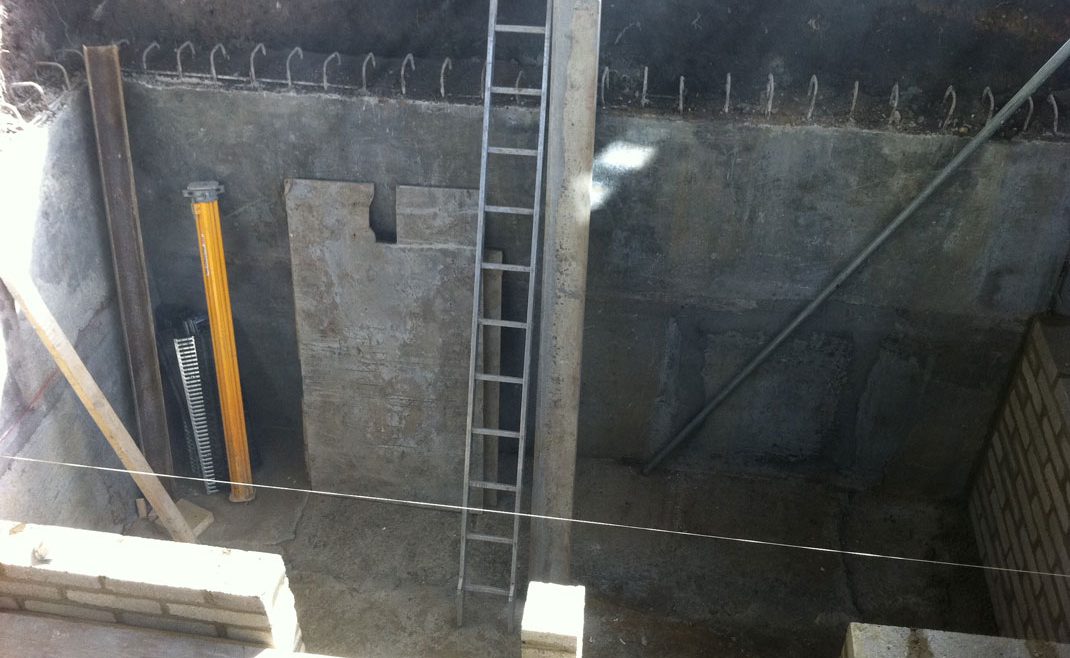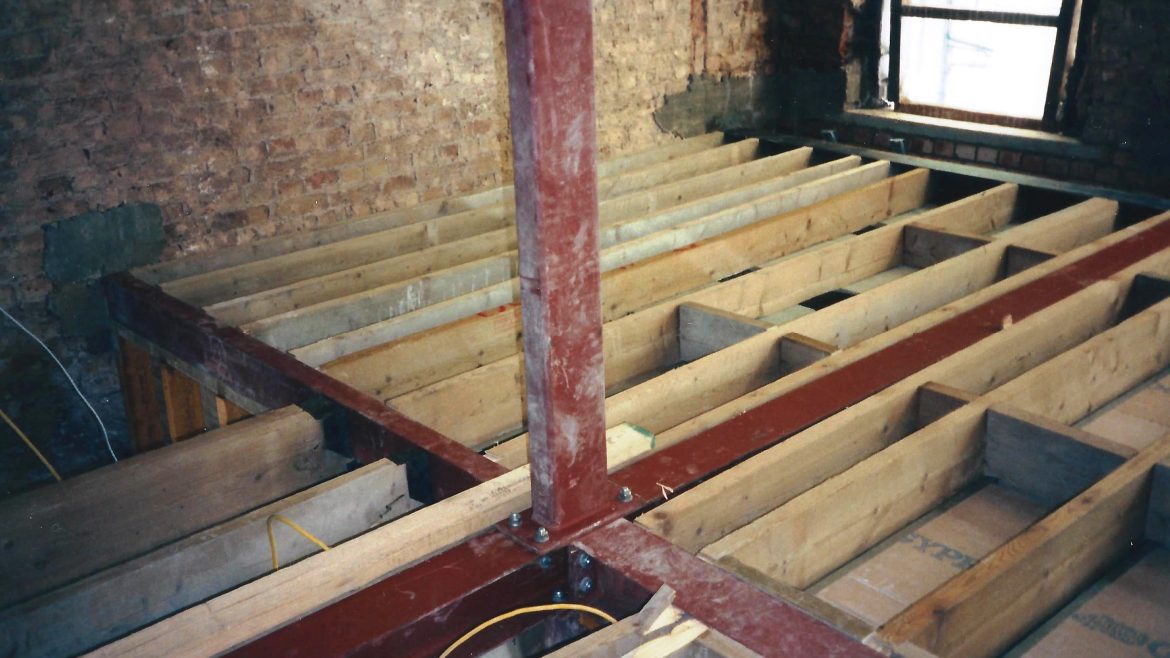What are the most sustainable building materials?
http://zussmanbear.com/wp-content/uploads/2017/11/BA2-1024x765.jpg 1024 765 mattd mattd http://2.gravatar.com/avatar/854e268b6cbf4d6f0c2f99bb0d75cced?s=96&d=mm&r=gAs time goes on the focus and need for sustainable materials in the building and structural engineering world grows.
The responsibility lies with everyone who is in the trade and so we’ve identified four sustainable building materials that can be used in the future.
Solar Tiles are a great alternative to the traditional concrete or clay. While they protect the building from the elements much like the standard tiles, they also absorb power from the sun.
This power can be harnessed and used which saves you money in the long run, along with being environmentally friendly.
Upping the efficiency of your windows is another option to improve your carbon footprint. This can include moving to double glazing or even triple with three panes of glass.
The super-efficient windows use full-insulated frames to prevent as much heat loss as possible. Further to this, instead of argon, they inject krypton between each pane of glass which is a much better insulator.
Looking for alternatives to traditional bricks is another great way of saving energy and can even improve your structure. Wool bricks are 37% stronger than their traditional counterparts and are made by adding wool and a natural polymer found in seaweeds to the clay of the bricks.
The process in making them doesn’t require you to fire it to make them dry unlike normal bricks and so this makes them much more sustainable and saves you energy in the long run.
Finally, concrete is one of the most used building materials in the construction industry and represents up to 10% of Co2 emissions, so seeking an alternative to this would prove a very efficient option.
For example, Timbercrete is a mixture of sawdust and concrete and although it is lighter than solid concrete, it is a much better insulation option.
To see more about the structural engineering industry, head over to our website and contact us with any questions you may have!


